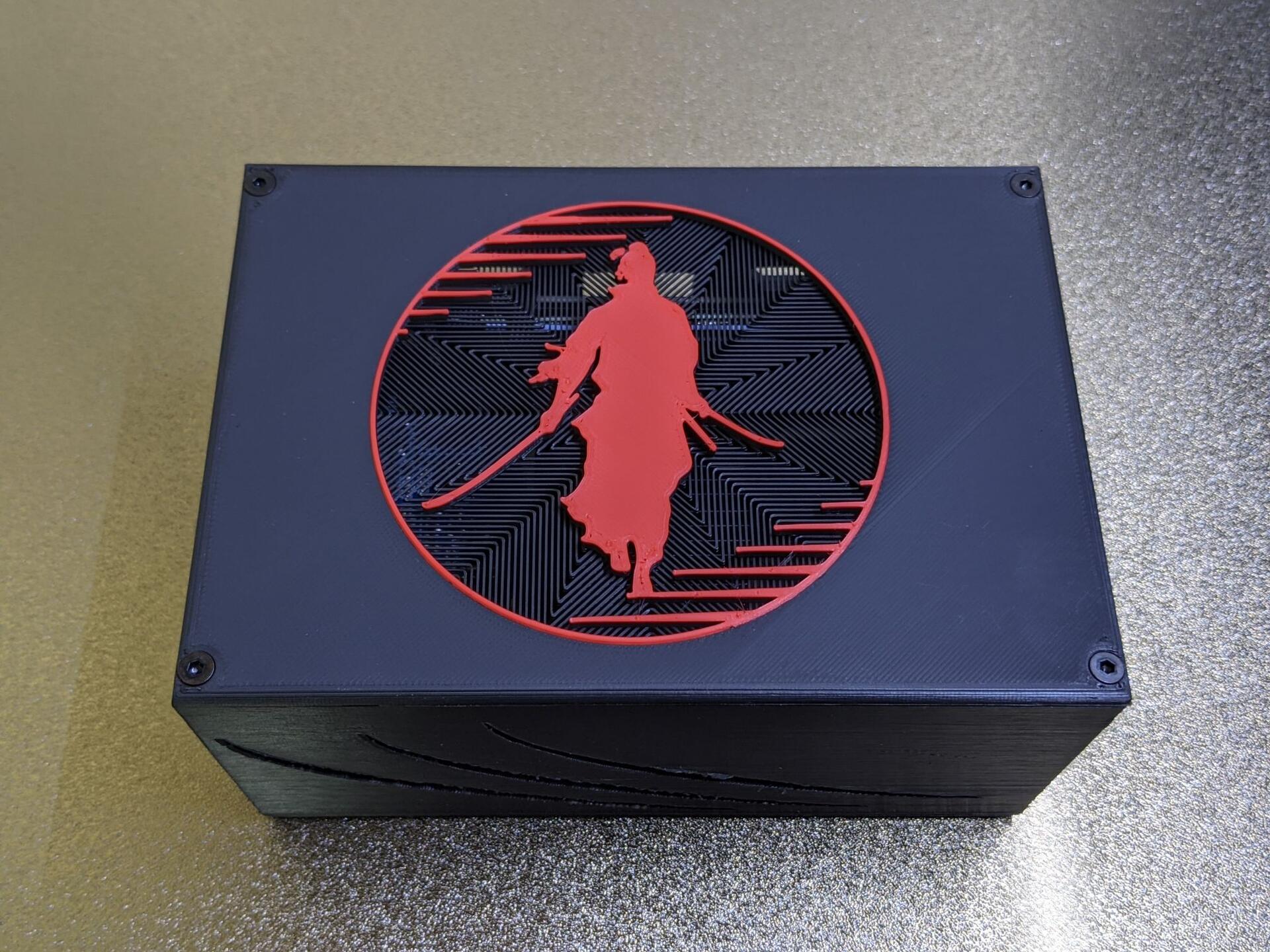Lightning Network Implementations: An Overview
Explore the fascinating world of Lightning Network implementations

The Evolution of Lightning Network Implementations: An Overview
 In the dynamic landscape of Bitcoin lightning technology, the Lightning Network has emerged as a game-changer, providing a scalable solution for Bitcoin transactions. As the demand for efficient and cost-effective payment solutions grows, so does the need for robust Lightning implementations. Let's delve into the evolution of these implementations and explore their significance in the rapidly evolving ecosystem.
In the dynamic landscape of Bitcoin lightning technology, the Lightning Network has emerged as a game-changer, providing a scalable solution for Bitcoin transactions. As the demand for efficient and cost-effective payment solutions grows, so does the need for robust Lightning implementations. Let's delve into the evolution of these implementations and explore their significance in the rapidly evolving ecosystem.
Understanding the Lightning Network
The Lightning Network serves as an overlay network atop the Bitcoin blockchain, offering trustless instant payments with minimal fees. It operates through two key layers: the Bitcoin Network and the Lightning Network. The former serves as the foundation, while the latter facilitates peer-to-peer transactions.
In essence, developing a Lightning-powered application requires interfacing with two main components: the Bitcoin node and the Lightning node. The former interacts with the underlying blockchain, while the latter manages transactions on the Lightning Network.
Exploring Lightning Implementations
c-lightning by Blockstream
c-lightning, developed by Blockstream, stands as a pioneering Lightning implementation written in C. Known for its modular architecture and extensibility, c-lightning has been in production since 2018, offering low-level access for customization.
Eclair by ACINQ
Eclair is a Scala implementation of the Lightning Network, developed by ACINQ. Launched in 2018, Eclair emphasizes robustness and scalability, providing both a library and a mobile implementation of Lightning.
lnd by Lightning Labs
lnd, developed by Lightning Labs in Go, serves as a developer-friendly Lightning node. With an extensive feature set and a focus on application development, lnd has been a staple choice since its mainnet release in 2018.
Rust-Lightning and LDK
Rust-Lightning, developed by the Rust Bitcoin Community, offers a flexible Lightning library in Rust. Collaborating with Square Crypto, the community aims to simplify Lightning integrations through the Lightning Development Kit (LDK).
Electrum
Electrum, a renowned Bitcoin client, ventured into Lightning development in 2020. Integrating Lightning support into its Python implementation, Electrum extends its privacy-focused approach to Lightning transactions.
LNP Node
LNP Node, introduced by LNP/BP Standards Association, represents a new Rust-based Lightning implementation. With a focus on modularity and extensibility, LNP Node introduces Generalized Lightning Channels (GLCs) for future protocol enhancements.
The Path Forward
The Lightning Network implementation ecosystem continues to expand, catering to diverse user needs and use cases. As institutional adoption gains momentum, Lightning implementations play a pivotal role in driving growth and innovation within the blockchain space.
In conclusion, while this overview provides insights into the current state of Lightning implementations, the ecosystem remains dynamic. With ongoing developments and new entrants, the future promises further evolution and refinement of Lightning technology.
Remember, in the fast-paced world of blockchain, staying informed and adaptable is key to navigating the ever-changing landscape.
"The only constant in life is change." - Heraclitus
If you have any updates or insights to share, feel free to reach out and contribute to the ongoing dialogue surrounding Lightning Network implementations. Together, we can understand the future of Bitcoin technology.